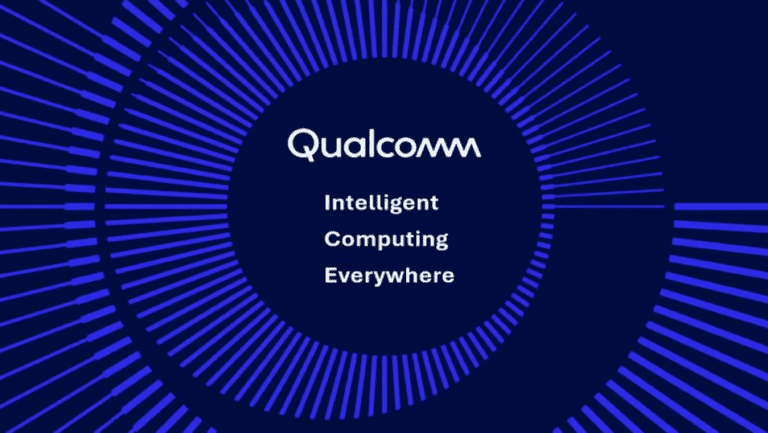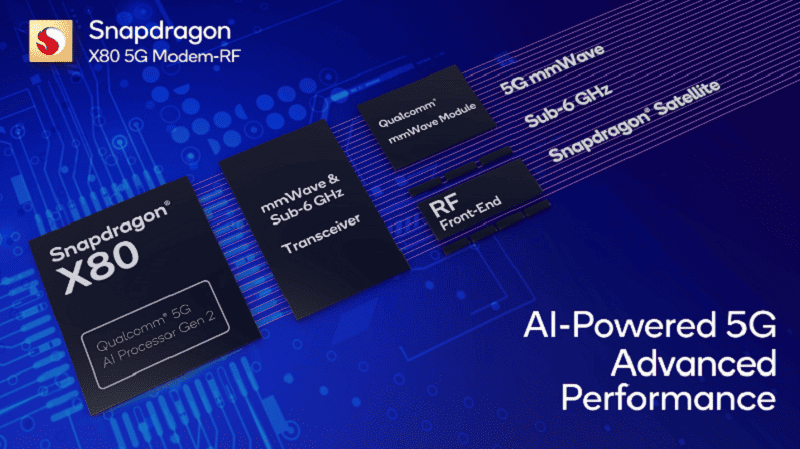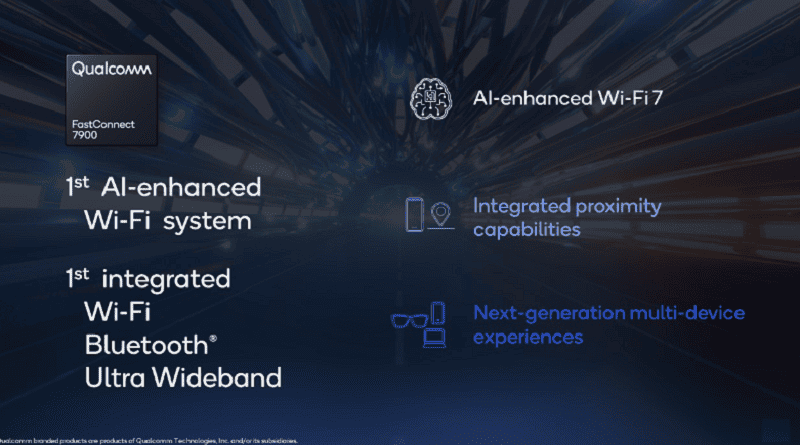Qualcomm is introducing a range of new AI-supported devices and solutions at MWC 2024 in Barcelona. With this, according to the chip manufacturer, the commercial exploitation of on-device AI has truly begun.
Qualcomm is bringing AI to mobile devices through chipsets, allowing end users to use this technology on-device. Typically, this is more efficient than cloud-based AI. At MWC 2024, Qualcomm is presenting a range of applications aimed at this.
Qualcomm AI Hub
A key announcement from Qualcomm is the introduction of the Qualcomm AI Hub. This is a central location for developers to deploy AI applications to devices on Qualcomm hardware.
This Qualcomm AI Hub is a library of optimized LLMs known to run well on the respective processors and platforms from the chipmaker. From this, developers can choose an efficient LLM for image segmentation or face recognition. In addition, they can choose several other preferences, such as TensorFlow and the appropriate Snapdragon platform and the specific device for which they want to develop their AI applications.
Developers can choose from 75 different AI models within the Qualcomm AI Hub. Ultimately, this platform should help them ensure that inferencing is performed up to four times faster.
Supported devices
Qualcomm has also announced which devices can take advantage of these on-device features. AI can be used to make the best use of the NPU, GPU or CPU in the Qualcomm chipset. For example, AI assistants can help improve application performance, such as intelligently enhancing the performance needed for audio or video conferencing.
Supported smartphones include the Honor Magic6 Pro, the Oppo X7-Ultra and the Xiaomi 14 Pro high-end smartphones.
These smartphones supported by the Qualcomm Snapdragon 8 Gen 3 Mobile Platform will soon get various AI features, Qualcomm indicates. Examples include AI-generated image expansion for the Xiaomi 14 Pro, AI-supported video and calendar creation for the Honor Magic6 Pro and an image object eraser for the Oppo smartphone.
Qualcomm will also target the PC market with its AI-optimized chipsets. During the event, the company showed a setup with a Windows PC that, for the first time, runs an LLM with more than 7 billion parameters. For example, this model can accept text and audio input, such as music or traffic noise, and perform so-called “multi-turn” conversations over the audio based on that input.
Modem and WiFi chipsets
Furthermore, Qualcomm is also introducing a range of new AI-enhanced (5G) modems and WiFi chipsets. The Snapdragon X80 5G Modem-RF System offers an updated 5G AI processor to improve wireless and power functionality. Also, this chipset is the first to feature fully integrated NB-NTN support for connectivity to satellite networks. Also, this Qualcomm chipset still possesses the first AI-based multi-antenna management system. This should provide gigabit 5G connectivity and make the most of this mobile technology.
In this context, the chipmaker now also offers the Qualcomm FastConnect 7900 mobile AI chip. This processor, according to Qualcomm, should deliver AI performance and integrate WiFi 7, Bluetooth and Ultra Wideband on a single processor. This should generate better performance for particular use cases and environments, better power consumption, network latency and throughput, among others.
Finally, Qualcomm also introduced special AI features for automotive and IoT platforms.
Also read: AI data can be stolen from Apple, AMD and Qualcomm chips



